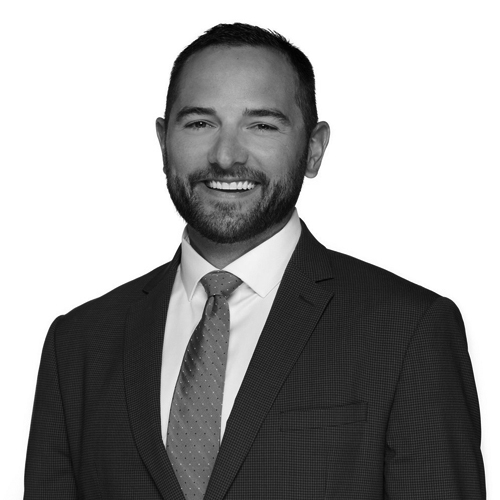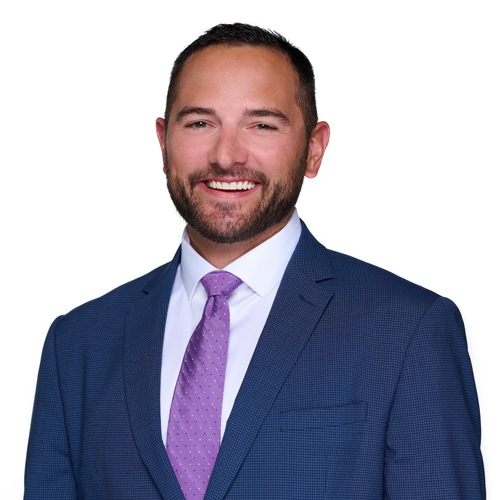There is excellent news on the retirement front with the enactment of long-awaited changes to retirement rules in the form of Secure 2.0. This article quickly delves into the most relevant changes to Americans’ ability to plan for retirement.
1. Required Minimum Distributions (RMDs) can start at age 73.
- Impacts folks aged between 64 and 72.
- If you turned 72 in 2022 or earlier, you must continue taking RMDs as scheduled.
- If you’re turning 72 in 2023 and have already scheduled your withdrawal, you may want to consider updating your withdrawal plan.
- Heavily affects Roth conversion strategies by giving you more time to convert and catch up to pre-conversion levels before beginning RMDs.
2. Employer Roth Contributions
Starting in 2023, employers can offer workers the choice to receive Roth matching contributions directly to their company Roth 401(K), where they’ll grow tax-free. Prior to this, companies could offer Roth 401(K)s but could not make post-tax Roth contributions.
3. Decreased Penalties
The penalty for missing all or part of an RMD decreases to 25% in 2023. However, if you correct the past-due RMD and pay taxes on it within two years, the penalty drops to 10%.
4. 529 Plan Roth Rollovers
If you have yet to use all of the funds in your 529 plan, you can potentially roll those funds into a Roth account – with some stipulations.
- The Roth account must be in the same name as the 529 plan.
- The 529 plan must be 15 years old.
- Any profits earned or contributions made in the last five years cannot be rolled over.
5. The Backdoor Roth Conversion Strategy survived legislation.
Not a change, but still good news. If you are a high earner and don’t qualify to put directly into a Roth, you can still indirectly fund a Roth account through a Backdoor Roth Conversion.
If you have any questions about how these changes affect your financial plan, just click the button below to schedule a meeting!













